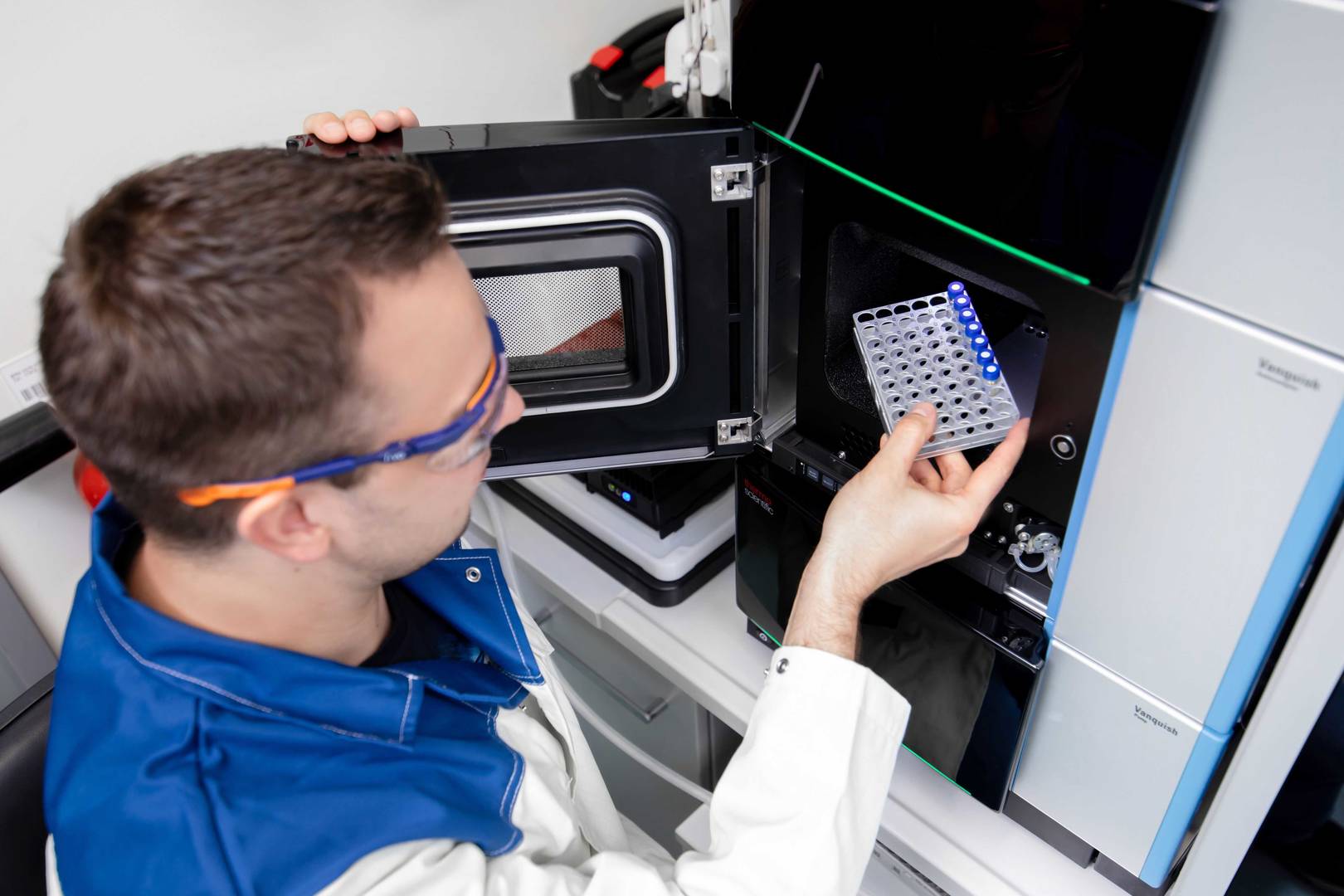Our protein production pipeline includes construct design, cloning, expression, purification and iterative quality controls, delivering high-quality proteins for biochemical assays, HTS, biophysics or structural biology. The entire process is monitored using custom software to help ensure the highest protein quality.


Our biophysical platform can support you with your lead identification and optimisation efforts.
LEARN MORE
Explore our mass spectrometry platform and find out how our protein experts help drive your project.
LEARN MORE
Our scientists have extensive experience in producing and handling of membrane proteins.
LEARN MORE